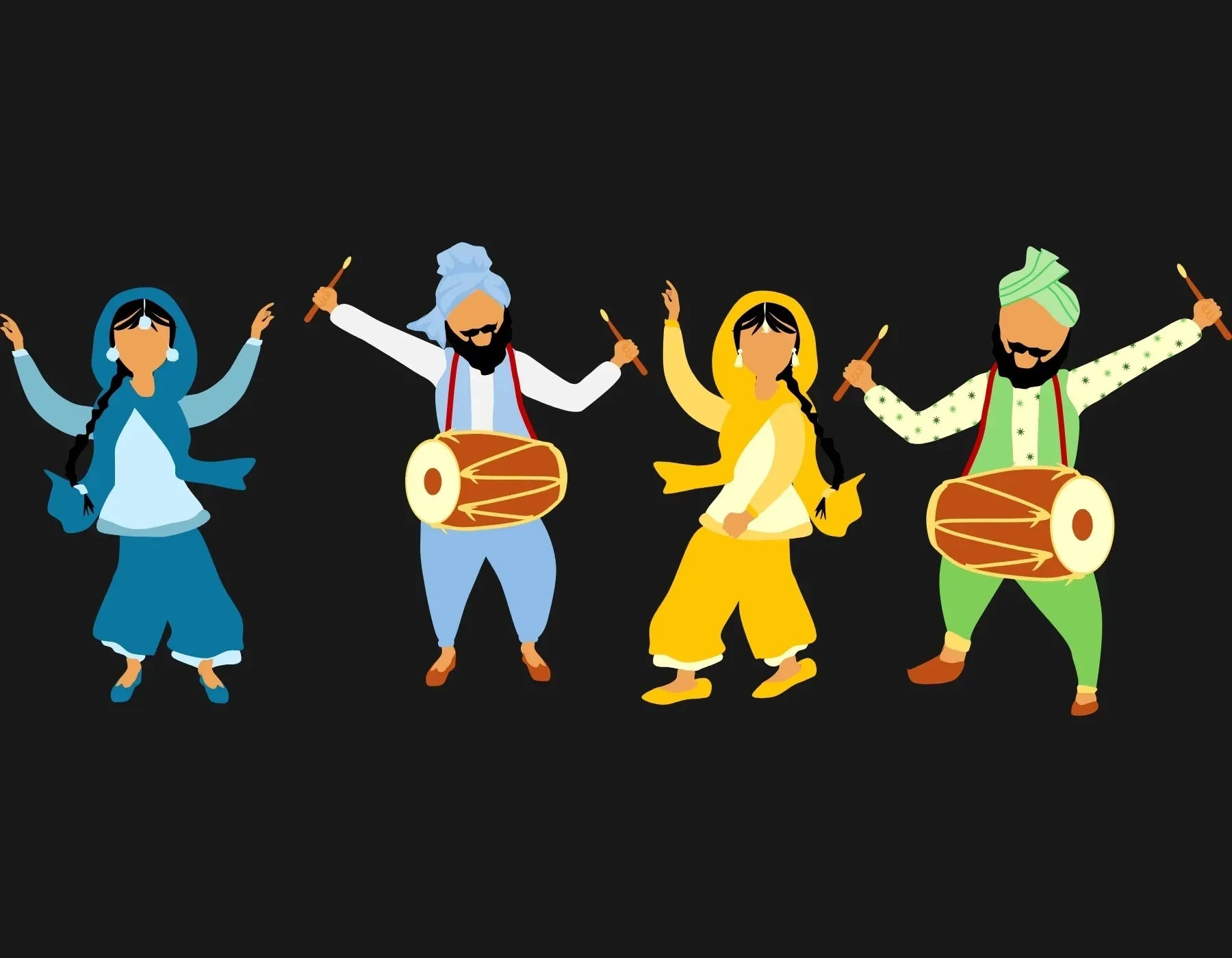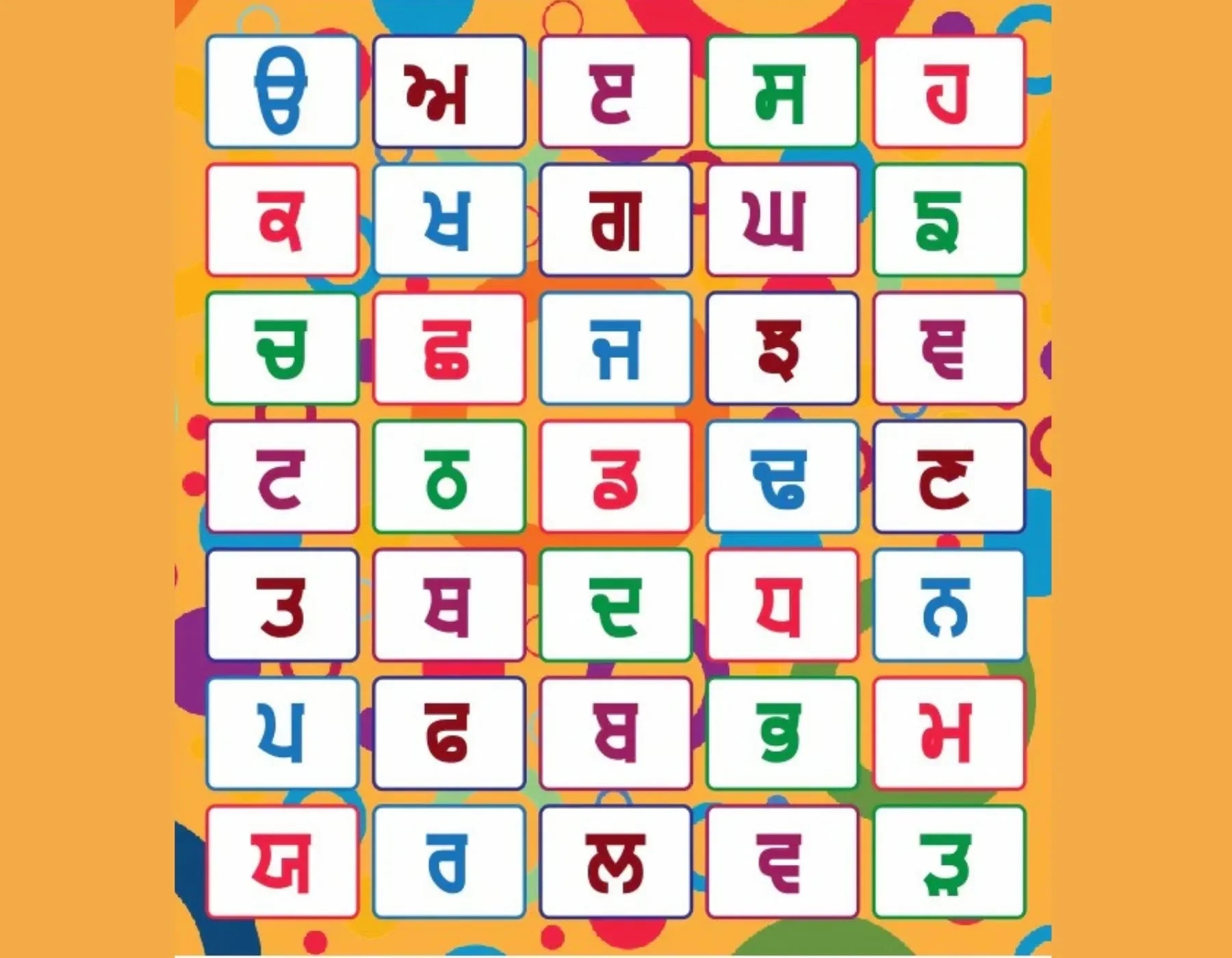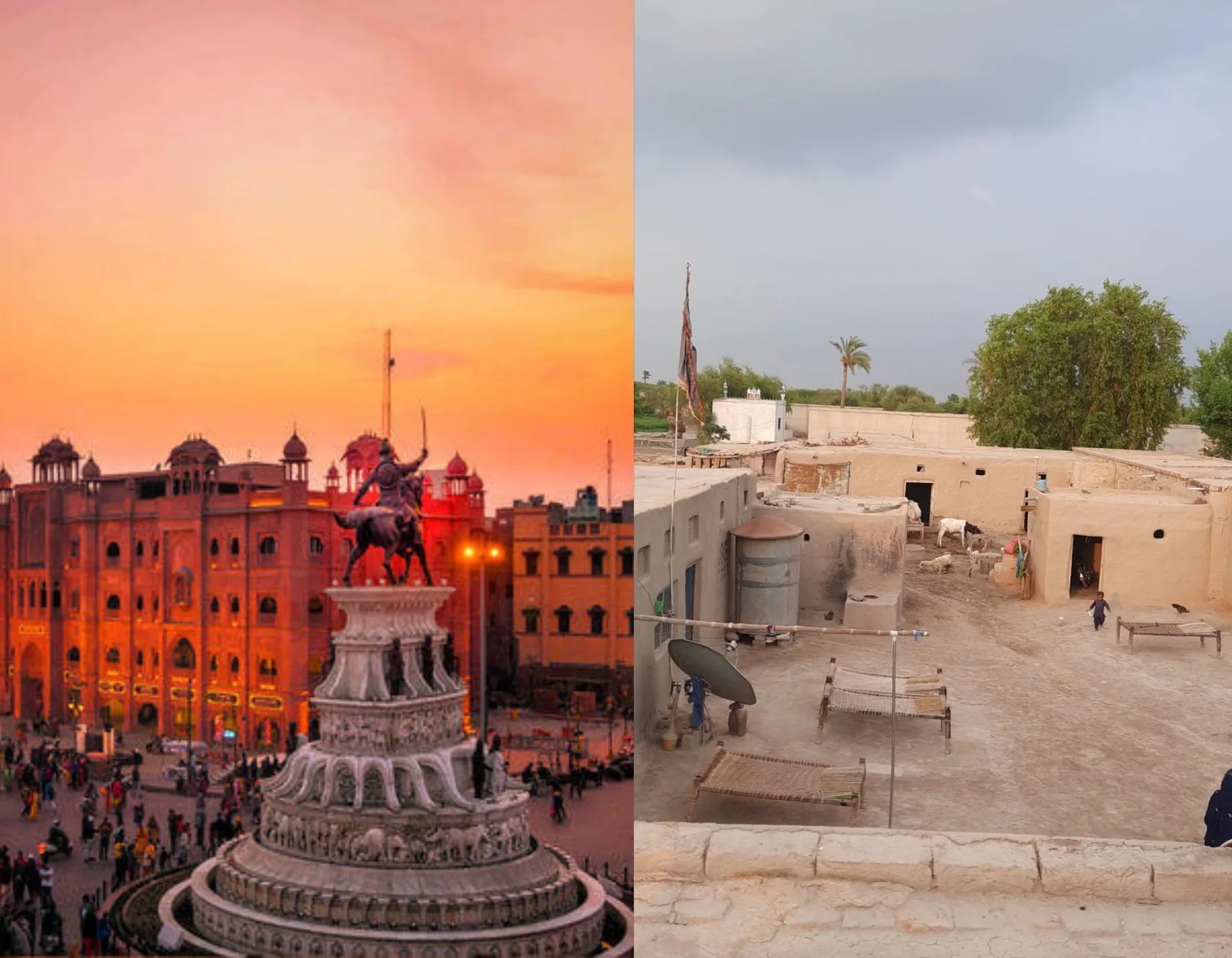
The Power of Being Loud: Why Punjabis Should Never Dim Themselves
Embracing Loudness: A Cultural Strength, Not a Flaw
In a world that often values conformity and quiet politeness, Punjabis stand out for their unapologetic energy, boldness, and volume—and they should. Far too often, society attempts to mold vibrant cultures into muted versions of themselves. But for Punjabis, being loud isn’t just a personality trait—it’s a cultural power. It’s time we stop viewing this as something to suppress and instead recognize its deep roots, its significance, and the extraordinary value it adds to both community identity and global culture.
The Historical Roots of Punjabi Boldness
Punjabi culture has always been rooted in resilience, passion, and unfiltered expression. From the fields of Punjab to freedom movements, from bustling markets to spiritual traditions, the Punjabi spirit has echoed through history with unmatched vibrancy. Generations of Punjabis have faced invasions, partition, displacement, and diaspora—yet they remained bold, expressive, and proud. Loudness in this context is not arrogance; it is survival, pride, and assertion of identity.
The ancient texts of Sikhism, especially the teachings of Guru Nanak and the warrior ethos of Guru Gobind Singh Ji, emphasize fearlessness, truthfulness, and vocal justice. Speaking up—loudly and boldly—has always been a virtue, not a vice.
Loudness as a Form of Joyful Expression
For Punjabis, being loud is often synonymous with celebration. It’s in the dhol at weddings, the thunderous Bhangra beats, the animated family banter, and the communal laughter at the dinner table. These aren’t signs of excess—they are signs of life.
Noise means connection. Sound means emotion. In Punjabi culture, to be loud is to be present, to be fully alive. Whether we’re cheering for our cricket teams or debating over who makes better parathas, our volume carries our love, humor, and conviction.

Global Influence: The Punjabi Voice That Can't Be Silenced
Punjabis are not just loud at home—they’re loud across the world, and that’s a good thing.
From Lilly Singh breaking stereotypes in North America, to Diljit Dosanjh filling stadiums with thousands of international fans, to entrepreneurs and community leaders amplifying their voice across the globe, Punjabis are defining visibility on their own terms. In boardrooms, on stages, in classrooms, and in politics, the Punjabi voice is rising—and it refuses to be reduced.
The loudness here is not only sound—it’s presence, it’s force, it’s legacy. We are not just part of the conversation. We’re leading it.
The Harm of Telling Punjabis to ‘Tone It Down’
Telling Punjabis to be less loud is an act of erasure. It might seem like harmless advice, but it carries deep colonial undertones. Historically, colonizers labeled native expressions as "uncivilized" or "too much" to justify oppression and control.
When we internalize the idea that "quiet is better" or "modesty is polite," we are swallowing a worldview that was never ours. It’s a worldview that punishes confidence, dilutes culture, and robs generations of their rightful pride.
The Punjabi child in school told to be quiet. The Punjabi woman in a corporate office told to soften her tone. The Punjabi uncle in a gathering being laughed at for being "too loud." Each moment chips away at self-worth.
Breaking Stereotypes: Loud Doesn’t Mean Unprofessional
Let’s dismantle a toxic myth: loudness is not equal to lack of intelligence, lack of control, or lack of professionalism. A loud Punjabi voice can lead with authority, teach with clarity, and negotiate with strength.
In fact, research in workplace diversity has proven that authenticity improves leadership, engagement, and creativity. When Punjabis are free to express themselves authentically—without fear of being shushed or judged—they perform better, lead more effectively, and inspire others to do the same.
Our volume is not a distraction; it’s a strategic advantage.
Community Pride: Loudness as Intergenerational Power
When Punjabi grandparents yell across rooftops, it’s not just communication—it’s love. When Punjabi moms raise their voice, it’s not anger—it’s protection. When Punjabi dads laugh loudly in public—it’s pride. And when Punjabi youth chant slogans for justice—it’s power.
This loudness is an inheritance. It’s how we remember our roots, protect our culture, and teach future generations that they don’t have to shrink to belong.
Being loud is how we stay connected to home, to each other, and to who we are—no matter how far we are from Punjab.
From Volume to Visibility: Turning Noise into Narrative
The world today is loud—with noise, media, algorithms, and agendas. And yet, Punjabis still manage to cut through the chaos with authenticity. We don’t need to change who we are to fit in. In fact, our boldness, our noise, our presence—is exactly what makes us unforgettable.
Social media has only amplified this further. Pages like @PindBlock, @BrownGirlGuilt, and viral reels celebrating Punjabi affirmations, parents, and history are proof: there is power in being loud, and people are listening.
We are not too loud. We are finally being heard.
Final Thoughts: Loudness Is a Legacy
The world doesn’t need quieter Punjabis—it needs prouder ones.
Let’s teach our children not just to speak, but to roar with pride about where they come from. Let’s take up space in rooms, in narratives, in history. Let’s be too much, too passionate, too vibrant—because that is how revolutions start, how cultures survive, and how legacies live on.
We owe it to our ancestors who shouted slogans in resistance. We owe it to our parents who built from nothing while refusing to shrink. And we owe it to ourselves—to never dim our light or lower our volume for anyone.


